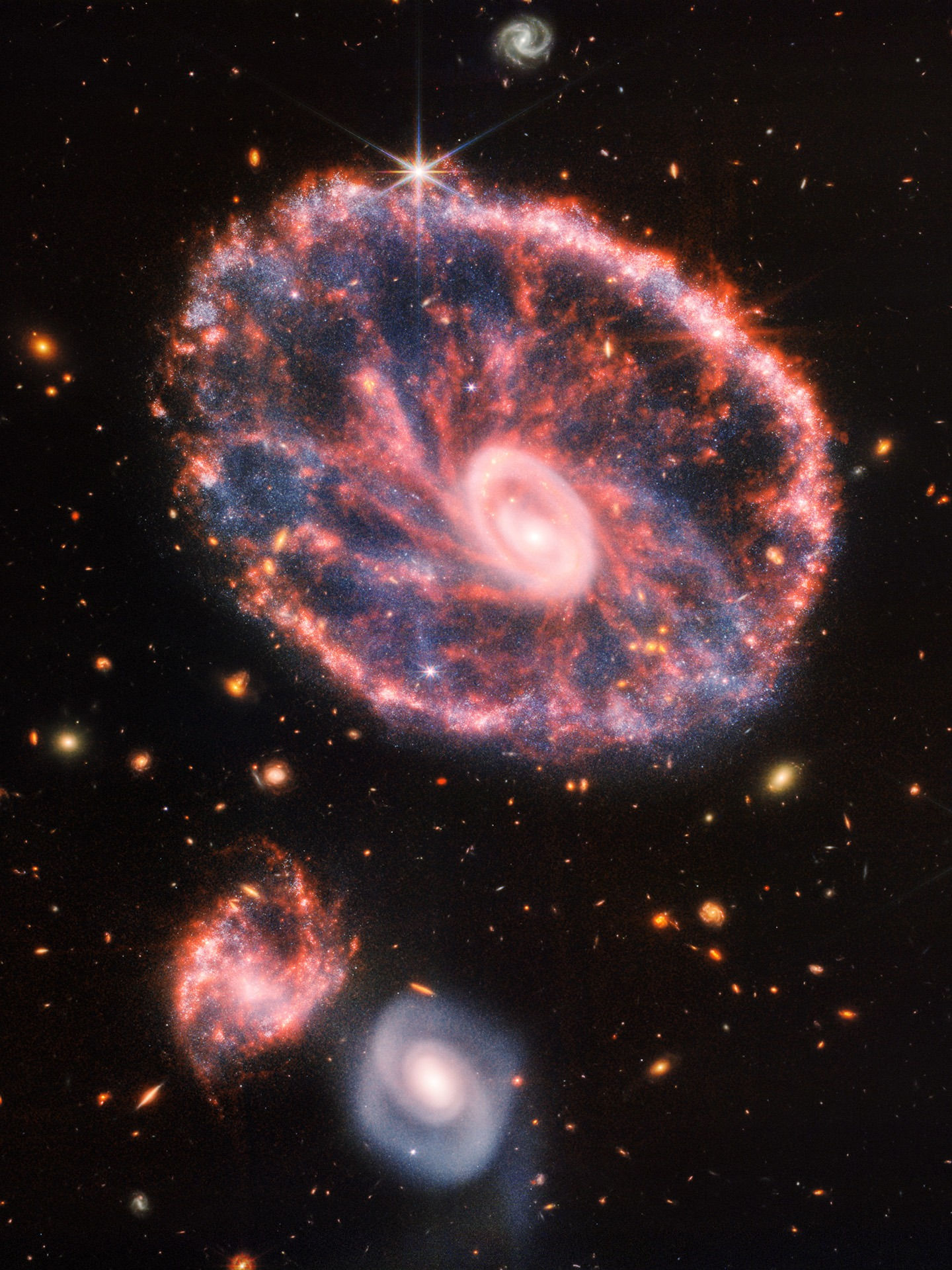British Astronomers have Discovered one of the Largest Black Holes in the Universe
- Prof.Smith
- Mar 31, 2023
- 3 min read

The black hole's mass, estimated to be around 33 billion times that of the Sun, is close to the upper limit of how large black holes can theoretically be, as stated by the study's lead author James Nightingale. This discovery opens up possibilities for detecting even more supermassive black holes in the universe. The discovery of this supermassive black hole by astronomers from Durham University is indeed a significant breakthrough in our understanding of the universe.
The existence of an upper limit on the mass of black holes is based on theoretical models of their formation and growth. One such model suggests that as a black hole grows, it also emits radiation in the form of quasars, which limit its further growth. This radiation pressure acts to prevent additional matter from falling into the black hole and can ultimately lead to its cessation of growth.
Additionally, there is a theoretical limit to the size of a black hole called the Eddington limit. This limit is the point at which the radiation pressure generated by the accretion of matter onto the black hole balances the gravitational force acting on the matter. If the accretion rate exceeds this limit, the excess matter is ejected from the system, preventing the black hole from growing any further.
Therefore, these theoretical models suggest that there may be an upper limit to the mass of a black hole beyond which it cannot grow any further. The discovery of the supermassive black hole by astronomers from Durham University, estimated to be around 33 billion times the mass of the Sun, is close to this upper limit, which makes it an exciting and significant discovery in the field of astrophysics.

The classical accretion disk process of black hole growth through the accretion of matter can be influenced by a range of physical processes that can affect the efficiency of the process and the properties of the resulting black hole. Some of these processes include radiative feedback from the accreting matter, which can heat up the surrounding gas and create outflows that can suppress further accretion onto the black hole. Other factors such as magnetic fields and the rotation of the black hole itself can also play a role in shaping the accretion disk and affecting the growth of the black hole. Therefore, while the Eddington limit provides a useful theoretical framework for understanding the balance of forces acting on accreting matter in the immediate vicinity of the black hole, it is important to consider a range of other physical processes that can influence the overall growth and evolution of the black hole system. Further research and observations will be needed to fully understand the complex interplay of these processes and their effects on the formation and evolution of supermassive black holes in the universe.
Supermassive black holes are fascinating objects that have captured the attention of scientists and the public alike. They are thought to be located at the center of most galaxies, including the Milky Way. Their existence has been established through astrophysical observations, and they are believed to have formed relatively early in the universe's history.
The question of how such massive objects formed very early in the Universe remains a mystery that scientists are still working to unravel. The study's findings, which were supported by several research institutions, including the UK Space Agency, the Royal Society, and the European Research Council, may provide new insights into the origins and evolution of supermassive black holes.
“However, gravitational lensing makes it possible to study inactive black holes, something not currently possible in distant galaxies. This approach could let us detect many more black holes beyond our local universe and reveal how these exotic objects evolved further back in cosmic time.” Dr Nightingale concluded.
The discovery of this supermassive black hole is a significant contribution to our knowledge of the universe, and it underscores the importance of continued research and exploration in the field of astrophysics.






























































































Commenti